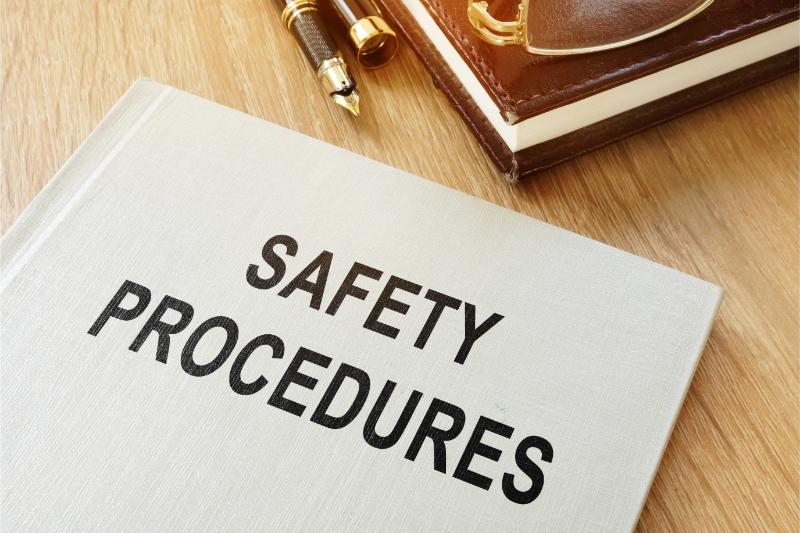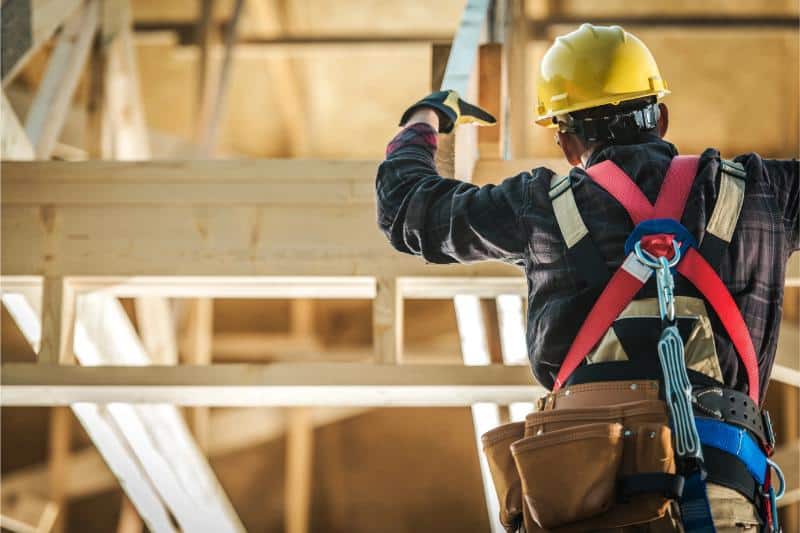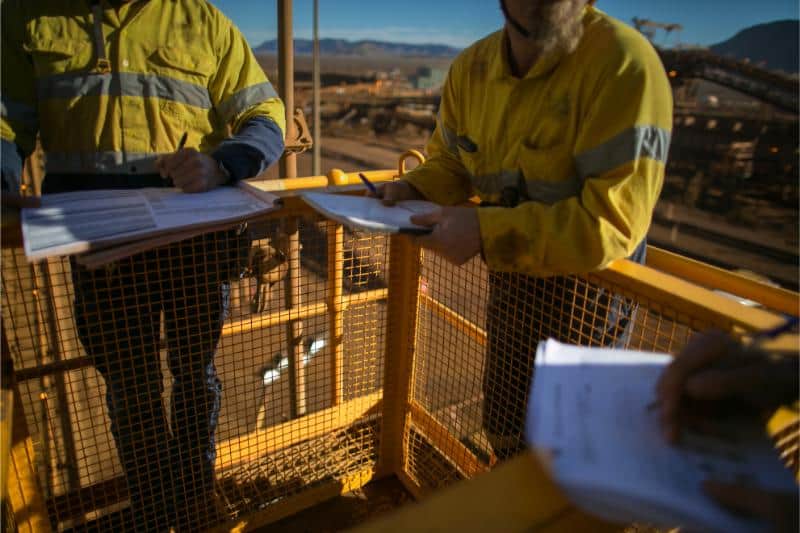The Anatomy of a Construction Mishap: Understanding the Basics
A construction site is a bustling hive of activity, with multiple tasks unfolding simultaneously. Workers operate heavy machinery, navigate scaffolding, and handle hazardous materials, all while adhering to strict timelines. This complexity and the inherent risks involved in construction work make it prone to mishaps. From falls from heights and equipment misuse to electrical incidents and exposure to hazardous materials, the potential for accidents is ever-present.
Common types of accidents on construction sites can have devastating consequences, ranging from injuries and fatalities to project delays and legal repercussions. Understanding the anatomy of these mishaps is the first step towards developing effective prevention strategies.
The Cost of Safety Lapses: Beyond Financial Risks
While the financial implications of construction accidents, such as worker’s compensation claims, legal fees, and project delays, are substantial, the true cost of safety lapses extends far beyond monetary losses. The human toll of injuries and fatalities is immeasurable, impacting not only the workers themselves but also their families and communities.
Moreover, safety mishaps can tarnish a company’s reputation, making it challenging to attract skilled labor and secure future projects. The construction industry thrives on trust, and a track record of accidents can severely undermine a company’s credibility.
Legal Implications and Compliance: What You Should Know
Operating in Phoenix, AZ, construction companies must navigate a complex web of safety regulations and compliance standards. The Occupational Safety and Health Administration (OSHA) sets federal guidelines, while local authorities may have additional requirements specific to the region.
Failure to comply with these regulations can result in hefty fines, legal battles, and even project shutdowns. It’s crucial for construction companies to stay abreast of changing laws and requirements to avoid costly penalties and maintain a safe working environment.
Top Construction Safety Mishaps: Real-world Examples
Despite best efforts, construction sites remain susceptible to various safety mishaps. Some of the most common incidents include:
- Scaffolding failures: Improper assembly, overloading, or lack of regular inspections can lead to catastrophic collapses, putting workers at risk of severe injuries or fatalities.
- Lack of fall protection: Falls from heights, such as rooftops or unprotected edges, are a leading cause of construction-related injuries and deaths.
- Improper use of heavy machinery: Inadequate training, maintenance issues, or operator fatigue can result in accidents involving cranes, excavators, and other heavy equipment.
- Struck-by incidents: Objects falling from above, swinging loads, or equipment backover incidents can cause traumatic injuries or death.
Real-world examples and hypothetical scenarios can help construction companies better understand the gravity of these mishaps and the importance of proactive safety measures.
Proactive Safety Planning: Key Steps to Take
Developing and implementing a comprehensive safety plan is crucial for mitigating risks on construction sites. This process should involve the following key steps:
- Regular risk assessments: Identify potential hazards and evaluate the likelihood and severity of accidents to prioritize safety measures.
- Worker involvement: Encourage active participation from workers in safety planning, as they have firsthand knowledge of job site conditions and potential risks.
- Emergency protocols: Establish clear procedures for responding to accidents, including evacuation plans, first aid, and emergency contacts.
- Ongoing monitoring: Continuously assess the effectiveness of safety measures and make adjustments as needed to address new or evolving risks.
By fostering a culture where safety is a shared responsibility among all team members, construction companies can significantly reduce the likelihood of mishaps and create a safer working environment.
Training and Education: The Heart of Accident Prevention
Continuous training and education are vital components of any effective safety program. Construction companies should invest in various training methods, including:
- Hands-on workshops: Practical, interactive sessions that simulate real-world scenarios and reinforce proper safety techniques.
- Virtual simulations: Immersive digital experiences that allow workers to practice safety protocols in a controlled environment.
- Regular safety meetings: Frequent gatherings to discuss safety concerns, review incidents, and reinforce best practices.
By keeping workers knowledgeable and prepared to handle potential hazards, companies can empower their workforce to be proactive in preventing accidents and fostering a safer work environment.
Leveraging Technology for Enhanced Safety Measures
In today’s digital age, construction companies can leverage cutting-edge technology to bolster safety measures on job sites. Some innovative solutions include:
- Wearable safety devices: Smart helmets, vests, or watches that can detect falls, monitor vital signs, and alert supervisors in case of emergencies.
- Drone surveillance: Unmanned aerial vehicles equipped with cameras can monitor hard-to-reach areas, identify potential hazards, and assist in emergency response efforts.
- Mobile safety apps: Digital platforms that provide real-time data, safety checklists, and incident reporting capabilities, ensuring efficient communication and documentation.
By embracing these technological advancements, construction companies can stay ahead of potential risks and enhance their overall safety practices.
Creating a Safety-First Culture: Leadership and Accountability
Fostering a safety-first culture within a construction company requires strong leadership and a commitment to accountability at all levels. Management should:
- Encourage open communication: Create an environment where workers feel empowered to voice safety concerns without fear of retaliation.
- Lead by example: Supervisors and executives must model safe behaviors and consistently prioritize safety over productivity or deadlines.
- Recognize and reward safe practices: Implement incentive programs that acknowledge and celebrate workers who consistently adhere to safety protocols.
- Hold everyone accountable: Establish clear consequences for safety violations and ensure they are enforced consistently, regardless of an individual’s position or seniority.
By promoting a safety-first mindset from the top down, construction companies can cultivate a culture where safety is ingrained in every aspect of their operations.





